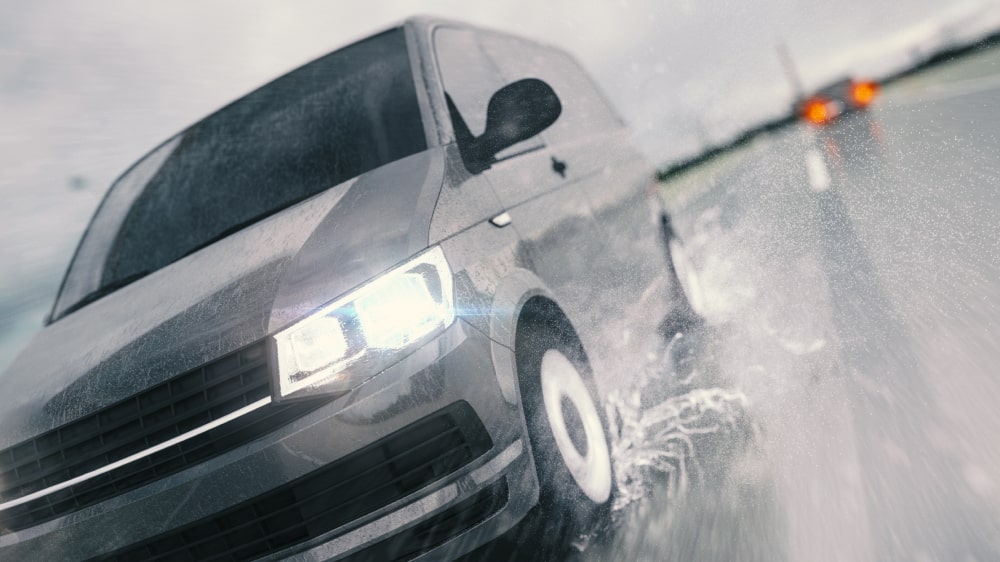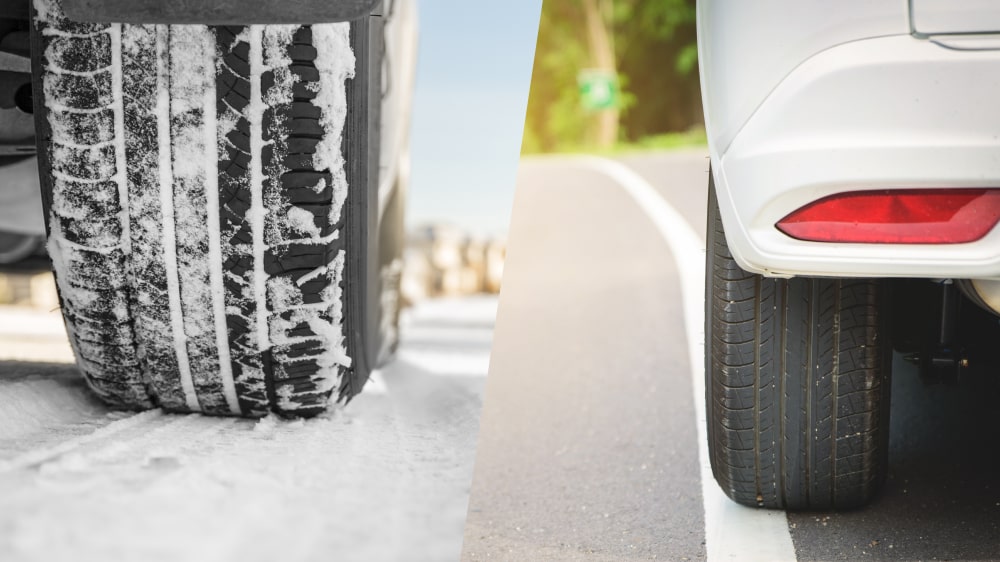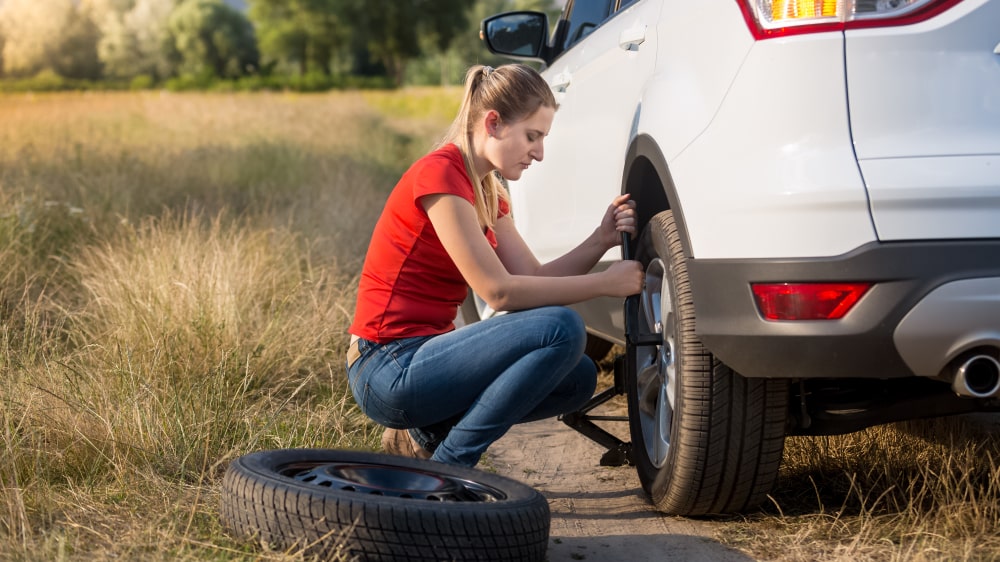Tyre safety
Tyre tread and condition
Tyres must have at least 1.6mm of tread remaining to be legal but many experts state that the minimum safe tread depth should be 3mm. Once tyres have less than 3mm of tread it has been found that stopping distances increase dramatically.
The tread of a tyre helps to disperse water away from the contract patch of the tyre and the road. So when the tread becomes worn out, the tyre can disperse less water which increases the risk of loosing grip.
You can easily check the tread depth by using a 20p coin. Insert the 20p coin into the tread grooves on the tyre and if you cannot see the outer band of the coin then your tyres are above the legal limit. However, if the outer band is visible then your tyres are likely to be unsafe and require a professional inspection.


Summer and winter tyres
Some car owners use summer tyres during the warmer months and then switch to winter tyres for the colder months.
Summer tyres are designed for temperatures above 7 °C and can deliver high grip levels on wet and dry roads whilst also providing high stability on bends and good fuel economy. Winter tyres use a softer rubber compound and are designed for temperatures under 7 °C. Winter tyres provide enhanced grip and braking performance in snowy and icy conditions.
If you don’t wish to change your tyres twice a year, then an all-season tyre is a good compromise between summer and winter tyres. They handle and grip well in a variety of conditions, last longer in warm conditions and contribute to improved fuel economy. However, if you have to drive on roads with heavy snowfall and ice, winter tyres may still be the safest option.
What to do when you have a puncture
If you have a puncture whilst driving follow these simple steps:
- Pull over safely – it is important to pull over as safely and quickly as possible. Find a place to stop where you are not a hazard to other road users.
- Locate the locking wheel nut – this is a unique to your car wheel nut which prevents the wheels from being stolen.
- Locate the spare tyre – this should be under your boot floor or under the car.
- Find the jack – this is essential for lifting the car to be able to take off the wheel.
- Change the wheel over- use the spare tyre to replace the old tyre and retighten all the nuts and lower the car.
If you have just purchased a used car from bravoauto, then you can use your 12 months complimentary breakdown assistance to change over your wheel for you.


